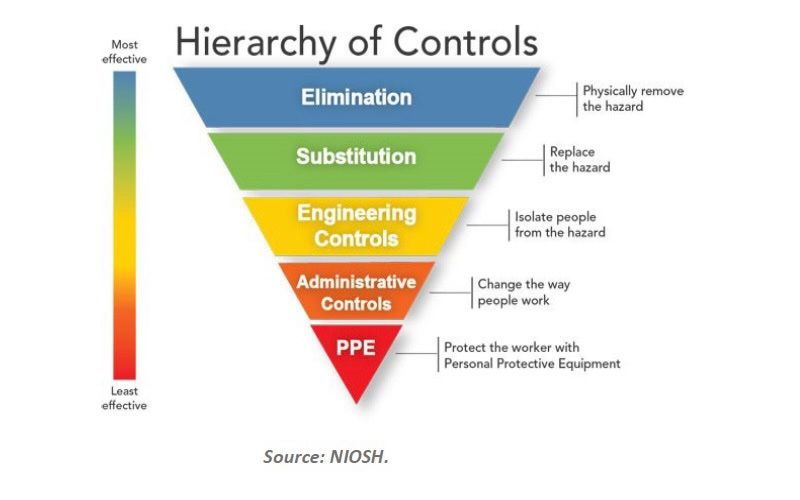A primary source of plant noise stems from conveyor rollers. If one roller makes a mild rattle or squeal, it's not hard to imagine the effect of hundreds or thousands of rollers running simultaneously. A noisy conveyor system running through a facility can emit high decibel levels all along its route, creating a major noise problem for a large portion of the plant.
Key Concepts
Conveyor rollers can be a noise hazard in many plants.
Bearings and frame wear are major sources of conveyor noise.
Sections: Bearings Frame wear Field test More Info:
A primary source of plant noise stems from conveyor rollers. If one roller makes a mild rattle or squeal, it’s not hard to imagine the effect of hundreds or thousands of rollers running simultaneously. A noisy conveyor system running through a facility can emit high decibel levels all along its route, creating a major noise problem for a large portion of the plant.
There are two ways that traditional conveyor rollers contribute to noise pollution: the first is the bearings in the rollers; the second is the fit between the rollers and the frame holding them.
Bearings
Common commercial bearings are not finely ground and are therefore subject to uneven rubbing or metal-to-metal contact. In addition, these standard bearings are rarely protected from outside elements. Dust and dirt may enter the bearing shaft resulting in crackling, squealing, or pinging noises. Bearings that are not regularly or properly lubricated will also become noisy. In addition to generating unwelcome noise, commercial-type bearings also wear out quickly.
To remedy bearing noise, conveyor designers may specify a roller assembled with precision bearings. These bearings are manufactured of precision-ground chrome alloy steel. Self-lubricating for the life of the roller, these precision bearings are sealed from outside contaminants. Conveyor rollers with precision bearings are guaranteed to operate for at least 5 yr, with an expected life of 10-15 yr. These conveyor rollers eliminate almost all bearing noise, and the initial investment is supported through lower overall cost-of-ownership.
Frame wear
The most prominent source of conveyor system noise stems from the roller installation itself. When a roller is installed, the shaft is fitted into a conveyor system frame. Over time, that frame hole becomes worn and misshaped. As the hole becomes larger, conveyor shafts don’t fit as snugly and begin to rattle and bang against the frame. This misfit not only creates significant noise pollution, it also perpetuates frame wear. The problem is especially prevalent in conveyor component retrofits where frame holes are already worn out. In this case, new rollers won’t solve the problem unless they are specifically designed to fit worn frames.
Advanced conveyor rollers are now designed to fit worn frames and eliminate further wear. Using a tapered, hexagonal shaft with a spring-loaded pin solves the problem of loose-fitting roller installations. The spring-loaded pin applies just enough pressure to force the tapered shaft into place. Because the base of the shaft is wider, it will always find the perfect fit in the conveyor frame. The snug fit will eliminate rattling and banging and prevent further frame wear. Tapered hex rollers are an advantageous design for conveyor retrofits as well as new installations.
Field test
The noise reduction that might be expected from retrofitting conveyors with rollers having tapered hex shafts and precision bearings has been documented. A large facility with a heavy concentration of conveyors monitored the results of such a retrofit over 6 mo. Noise level readings were taken at 4 ft above floor level to simulate what an employee might hear.
At a distance of 1 m from each sound source, a significant reduction in noise was found in the retrofitted areas. The company found that noise levels dropped from approximately 88-90 dB to 82-84 dB, well below the 85-dB OSHA standard.
Video-taped segments were also taken at various time intervals to compare both sound and roller movement. The results clearly indicated that the area retrofitted with the tapered hex rollers showed significantly less wear and noise compared with areas with conventional rollers. This video documentation also noted the absence of any significant roller movement or bouncing.
More Info:
Author Information
Kim Hagen is conveyor components product manager for Interroll. He can be reached by phone at 910-799-1100, or by email at [email protected] . The Interroll web site is



